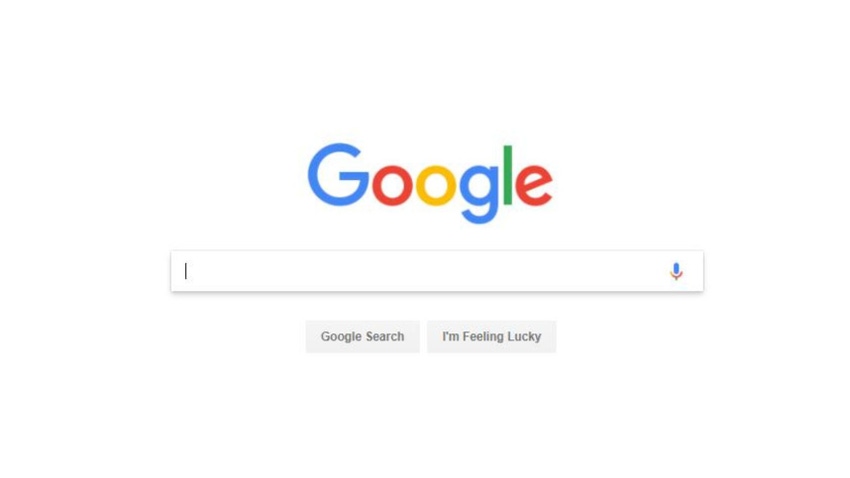Google Applies AI Model to Improve Search ‘Snippets’
‘Significant’ advancement yields more reliable answers to user queries

Google has unveiled what it calls a “significant” innovation to ‘featured snippets’ to improve results from user searches.
Featured snippets are the short answers that come up in Google Search when users ask a question. For example:

How Google searches work in general: In response to a user search, it ranks different sources from the internet and shows information from sources it sees as the most reliable and that demonstrate expertise, authority and trustworthiness. For instance, if many other websites link to a particular website, that is a signal of the site’s expertise and authority.
Now, Google is essentially doing the same thing to its snippets: making sure the quick answer to a user question is the most reliable available. How? By letting its search system “understand the notion of consensus,” wrote Google Search Vice President Pandu Nayak in a blog post.
MUM’s the word
Google used its latest AI model, Multitask Unified Model (MUM), to finetune featured snippets. The system looks for an answer that multiple high-quality sources agree is factual. Nayak said this works “even if sources use different words or concepts to describe the same thing.”
��“We've found that this consensus-based technique has meaningfully improved the quality and helpfulness of featured snippet callouts,” he wrote.
Conversely, MUM also helps Google’s systems understand when a featured snippet misses the mark. For example, a recent search for ‘when did Snoopy assassinate Abraham Lincoln’ did provide accurate data and information about the assassination, but did not dispute the falsehood inherent in the question itself that a cartoon dog could have done it.
Nayak revealed that Google has used AI models to train its Search system to get better at detecting false propositions, a move that has reduced the triggering of featured snippets in these cases by 40%, he suggested.
Replacing BERT
Google unveiled MUM in May 2021 as a new and more powerful algorithm for its search engine to replace BERT. MUM amplifies search results by understanding the information behind text and images to more fully answer a query. BERT added context to a Google Search by looking at how words in a query related to one another.
MUM was an underlying part of the company’s new Multisearch feature, which lets users search using images and text at the same time. Unveiled earlier this year, Multisearch is available on Google Search’s iOS and Android apps as a beta feature in English in the U.S.
When snippets were removed
Google’s snippets had been an area of controversy: In 2019, Article 15 of the EU’s Copyright Directive forced aggregators such as Google’s search engine to pay press publishers for showing news snippets.
Google took issue with the provision, deciding not to show snippets on its French version – just headlines and web links − after the country raced ahead of other EU members to implement the law.
In 2020, the French competition authority (Autorité de la concurrence) decried the practice and ordered Google to negotiate licensing deals with publishers and news agencies. Publishers wanted reimbursement for the re-use of their content in search results.
France fined Google 500 million euros ($510 million) in July 2021 for failing to comply. The company has since paid the fine and will be negotiating with publishers on compensation, according to Reuters.
About the Author(s)
You May Also Like


.jpg?width=700&auto=webp&quality=80&disable=upscale)
.jpg?width=700&auto=webp&quality=80&disable=upscale)
.jpg?width=700&auto=webp&quality=80&disable=upscale)
.jpg?width=300&auto=webp&quality=80&disable=upscale)
.jpg?width=300&auto=webp&quality=80&disable=upscale)
.jpg?width=300&auto=webp&quality=80&disable=upscale)

.jpg?width=300&auto=webp&quality=80&disable=upscale)